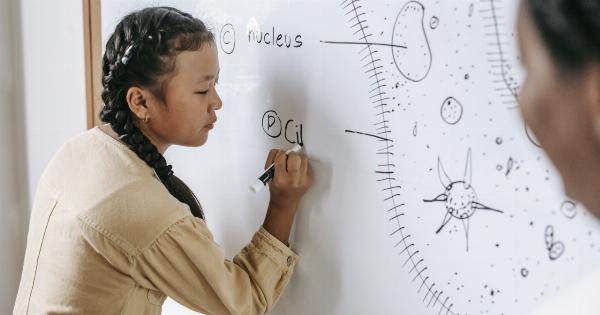Adolescence is a crucial phase in a person’s life characterized by significant physical, psychological, and emotional changes.
While majority of teenagers navigate through this period with relative ease, there exists a dark side where some adolescents engage in violent and heinous crimes, such as murder. This article delves into the alarming phenomenon of juvenile murder, exploring its causes, consequences, and potential solutions.
The Genesis of Juvenile Murder
The catalysts behind juvenile murder are multifaceted, extending beyond individual factors to include societal, familial, and environmental influences.
While it is essential to remember that not all adolescents who exhibit troubled behaviors end up committing murder, understanding the underlying factors can provide valuable insights into prevention and intervention strategies.
The Role of Family Dynamics
Family dynamics play a crucial role in shaping an adolescent’s behavior.
Dysfunctional families with a history of abuse, neglect, substance abuse, or violence can contribute to increased risk of an adolescent engaging in violent acts, including murder. A lack of parental supervision, inconsistent discipline, and fractured relationships can leave adolescents emotionally vulnerable, seeking solace in destructive behaviors.
Social Pressures and Peer Influence
The teenage years are marked by a strong desire for social acceptance and conformity, making adolescents susceptible to peer influence.
If an adolescent falls into the wrong social circle, surrounded by individuals engaging in criminal activities or glorifying violence, the risk of them succumbing to the peer pressure and committing murder becomes considerably higher.
Mental Health and Psychological Disorders
Several mental health disorders, such as conduct disorder, oppositional defiant disorder, and psychopathy, are commonly associated with violent behavior during adolescence.
These disorders often go undiagnosed and untreated, leading to a lack of proper intervention and a higher likelihood of the adolescent resorting to murder as a means to express their inner turmoil.
Exposure to Violence in Media
The pervasive exposure to violence in various forms of media, including television, movies, video games, and the internet, can desensitize adolescents and blur the lines between fantasy and reality.
Continuous exposure to graphic violence can desensitize an impressionable adolescent, making them more likely to resort to violence themselves, including murder.
The Aftermath: Consequences for Juvenile Murderers
Juvenile murderers face a range of legal and societal consequences. Depending on the jurisdiction, they may be tried as adults or face juvenile justice system repercussions.
Incarceration not only deprives them of their freedom during their developmental years but also hampers their chances of rehabilitation and reintroduction into society. The stigma associated with committing murder as a teenager can haunt individuals even after they have served their sentences, affecting their future prospects.
Addressing Juvenile Murder: Prevention and Intervention
Developing comprehensive prevention and intervention strategies is crucial in combating the dark side of adolescence.
These strategies should emphasize early identification of at-risk adolescents, access to mental health services, and community-based programs aimed at promoting positive socialization and support networks. Education on media literacy and critical thinking can also help adolescents navigate the impact of media violence responsibly.
Support for Affected Families
The families of both victims and murderers often find themselves grappling with immense emotional turmoil and complex psychological dynamics.
Providing support and counseling services for these families is essential to facilitate healing, foster understanding, and prevent the cycle of violence from perpetuating.
Reforming the Juvenile Justice System
The juvenile justice system plays a critical role in how society responds to adolescent murderers.
A more rehabilitative approach should be adopted, focusing on addressing the root causes of the crime and providing therapeutic interventions rather than solely punitive measures. This reform aims to strike a balance between ensuring accountability and offering young offenders a chance at redemption.
Conclusion
Juvenile murder represents a disturbing and tragic aspect of adolescence.
By investigating the underlying causes, recognizing the warning signs, and implementing effective preventive measures and intervention strategies, society can work towards minimizing the occurrence of such horrific acts. Every young life possesses potential, and it is our collective responsibility to guide adolescents towards positive pathways, nurturing their growth and curbing the dark side of adolescence.






























